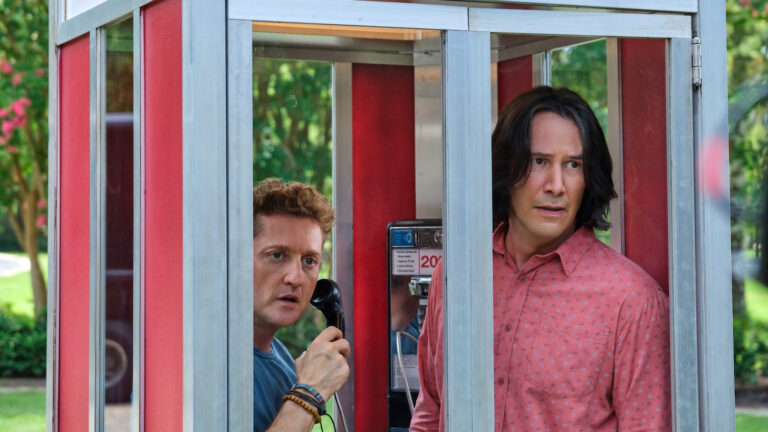Film Review: 101-Year-Old Filmmaker Gets Romantic In The Strange Case Of Angelica
The Spirit Is Willing But The Flesh Is Weak For Centenarian Filmmaker
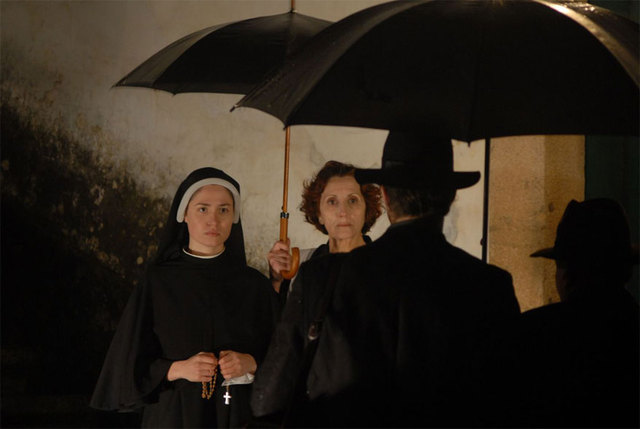
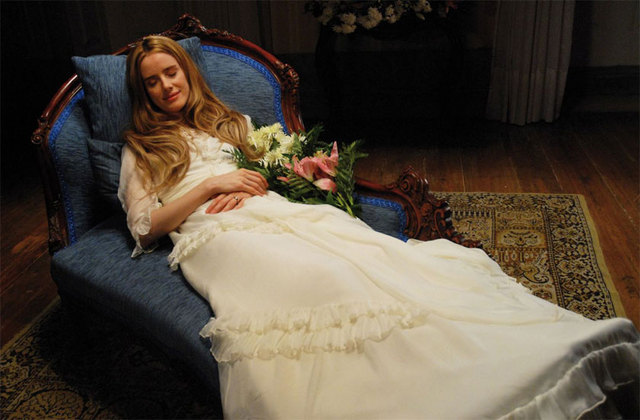
the filmmaker demonstrates the “nuns and umbrellas” symbolism so overused in modern European filmmaking.
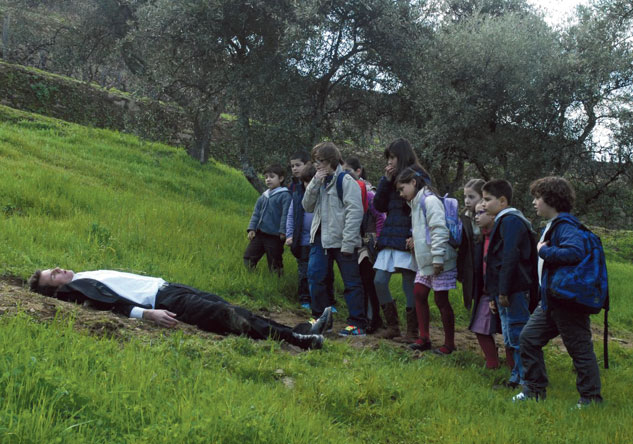
“I’m pretty. ... Pretty dead!”
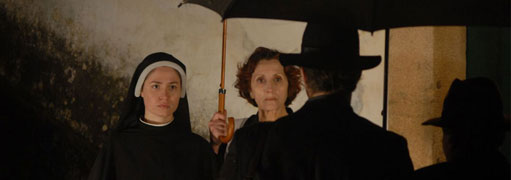
“Get up. mister. We’re makin’ a movie.”
